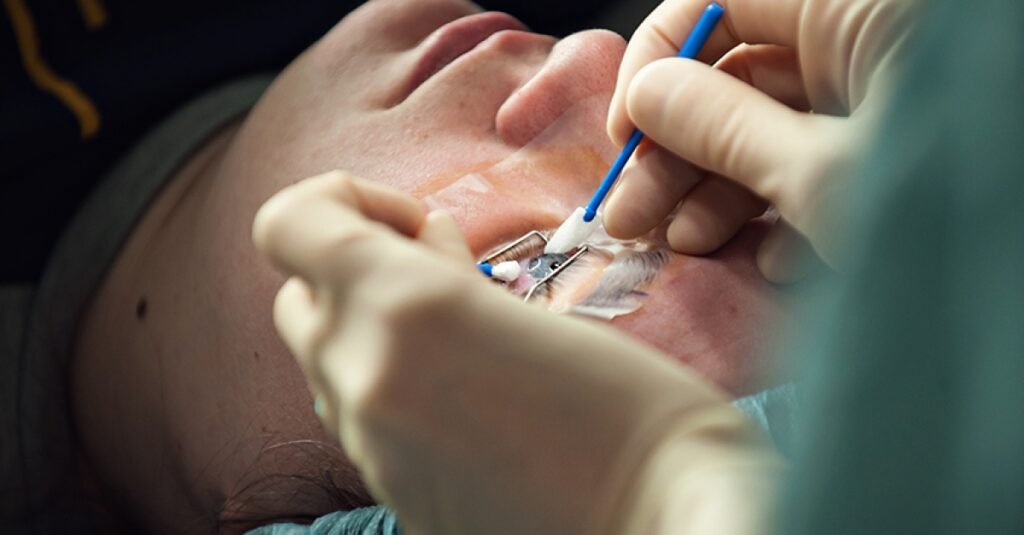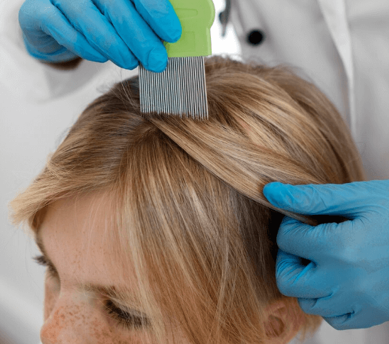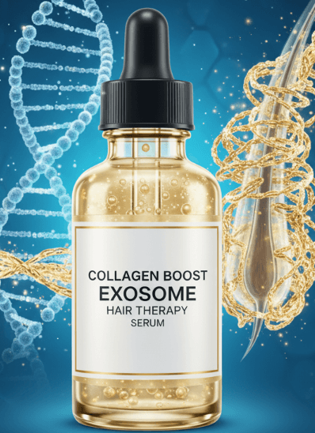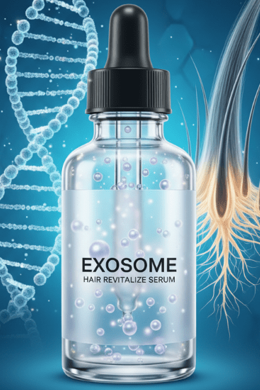LASIK eye surgery is one of the most popular vision correction procedures worldwide—and South Korea is a global leader in offering this advanced treatment. With its top-tier ophthalmologists, cutting-edge laser technology, and affordable pricing, many medical tourists travel to Korea for LASIK. However, one critical factor that can affect the outcome of LASIK surgery is Dry Eye Syndrome (DES).
For international patients considering LASIK in Korea, understanding how dry eye affects candidacy, surgery, and recovery is essential. This comprehensive guide explores the impact of Dry Eye Syndrome on LASIK surgery, what Korean clinics are doing to address it, and how medical tourists can prepare for a safe and effective experience.
👁️ What Is Dry Eye Syndrome?
Dry Eye Syndrome (DES) occurs when your eyes don’t produce enough tears or when the tears evaporate too quickly. This leads to symptoms such as:
- Grittiness or burning sensation
- Blurry or fluctuating vision
- Light sensitivity
- Eye fatigue
- Redness and irritation
Dry eye is not just a matter of discomfort—it plays a significant role in LASIK outcomes.
🔍 Why Dry Eye Matters in LASIK Surgery
✴️ 1. Compromised Corneal Healing
LASIK involves creating a flap in the cornea, which requires healthy tear film for proper healing. In patients with dry eyes, the healing process may be slower and less predictable.
✴️ 2. Increased Risk of Post-Op Discomfort
LASIK itself can temporarily reduce corneal nerve sensitivity, which may worsen dry eye symptoms after surgery. For those with pre-existing dry eye, this could lead to more intense or prolonged discomfort.
✴️ 3. Impact on Vision Quality
An unstable tear film can affect visual acuity and increase glare, halos, or blurred vision, especially at night.
✴️ 4. Potential Disqualification
Severe, untreated dry eye can make you ineligible for LASIK. In such cases, Korean surgeons may recommend LASEK, SMILE, or treat dry eye first before proceeding with surgery.
🇰🇷 How Korean LASIK Clinics Evaluate and Manage Dry Eye
Top eye centers in Korea—such as SNU Eye Clinic, B&VIIT Eye Center, and BS Eye Clinic—have extensive protocols in place to assess and manage dry eye in LASIK candidates.
🧪 Pre-Surgical Dry Eye Screening Includes:
- Tear Film Break-Up Time (TBUT): Measures tear stability.
- Schirmer’s Test: Assesses tear volume.
- Meibomian Gland Evaluation: Checks oil production in the tear film.
- Ocular Surface Staining: Detects damage or dryness on the eye surface.
- Corneal Topography: To identify irregularities caused by dry spots.
If dry eye is detected, the clinic will delay surgery and begin treatment before proceeding.
🧴 Common Dry Eye Treatments Offered in Korean Clinics
💧 1. Preservative-Free Artificial Tears
Used to lubricate the eyes before and after LASIK.
🧊 2. Punctal Plugs
Tiny silicone plugs inserted into the tear ducts to retain natural tears.
🧬 3. Regenerative Therapies
Some clinics offer autologous serum eye drops or exosome-based therapies to promote healing.
🔥 4. Meibomian Gland Therapy (LIPIFLOW or IPL)
Helps unblock oil glands to improve tear film quality.
🌡️ 5. Omega-3 Supplements and Anti-Inflammatory Drops
Used to treat inflammation and improve overall tear production.
✈️ Tips for Medical Tourists with Dry Eye Considering LASIK in Korea
✅ 1. Disclose Symptoms Early
During your online or video consultation, mention if you have a history of dry eyes, even if it’s mild. Korean surgeons will guide you on pre-treatment protocols before you arrive.
✅ 2. Plan for a Longer Stay
You may need to arrive several days earlier than your scheduled surgery to undergo dry eye treatment or evaluations.
✅ 3. Follow Pre-Surgical Guidelines
- Stop wearing contact lenses in advance
- Avoid dry or dusty environments
- Stay hydrated
- Use prescribed drops as instructed
✅ 4. Post-Surgery Care is Critical
Dry eye can worsen in the first few weeks after LASIK. Follow all post-op instructions, including:
- Using artificial tears frequently
- Avoiding screen time and dry air
- Wearing protective eyewear outdoors
🧳 What to Pack for Dry Eye LASIK Recovery in Korea
- Preservative-free artificial tears
- Sunglasses (UV protection)
- Humidifier for your hotel room (or request one from the clinic)
- Warm compresses or eyelid wipes
- Omega-3 supplements
🩺 Alternative Options If You Have Severe Dry Eye
If you are not an ideal candidate for LASIK due to chronic dry eye, Korean eye surgeons may recommend:
- SMILE (Small Incision Lenticule Extraction): Less disruption to corneal nerves, reducing dry eye risk.
- LASEK or PRK: Surface-based procedures that may be gentler on tear production in the long term.
- ICL (Implantable Contact Lenses): No impact on the cornea, completely avoiding LASIK-related dry eye concerns.
👩⚕️ What Korean LASIK Experts Say
“For international patients, we always prioritize a full dry eye evaluation before any laser vision correction. Treating the tear film is essential not just for comfort, but for visual clarity.”
— Dr. J. Kim, B&VIIT Eye Center, Seoul
“Even mild dry eye can influence surgical outcomes. Our team offers same-day dry eye diagnostics and customized treatment plans for overseas visitors.”
— Dr. H. Lee, SNU Eye Clinic
Final Thoughts
Dry Eye Syndrome is one of the most important considerations for medical tourists seeking LASIK in Korea. With the right clinic, proper evaluation, and pre-treatment, many patients with dry eyes can still achieve outstanding LASIK outcomes.
Korean LASIK centers are equipped with the latest technology and personalized care to minimize dry eye risks and enhance healing, even for short-stay international patients.




